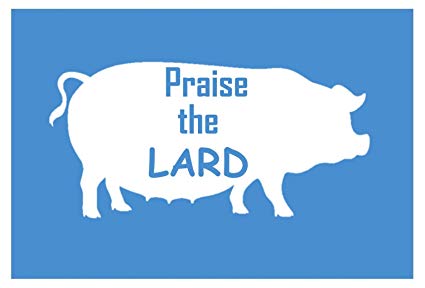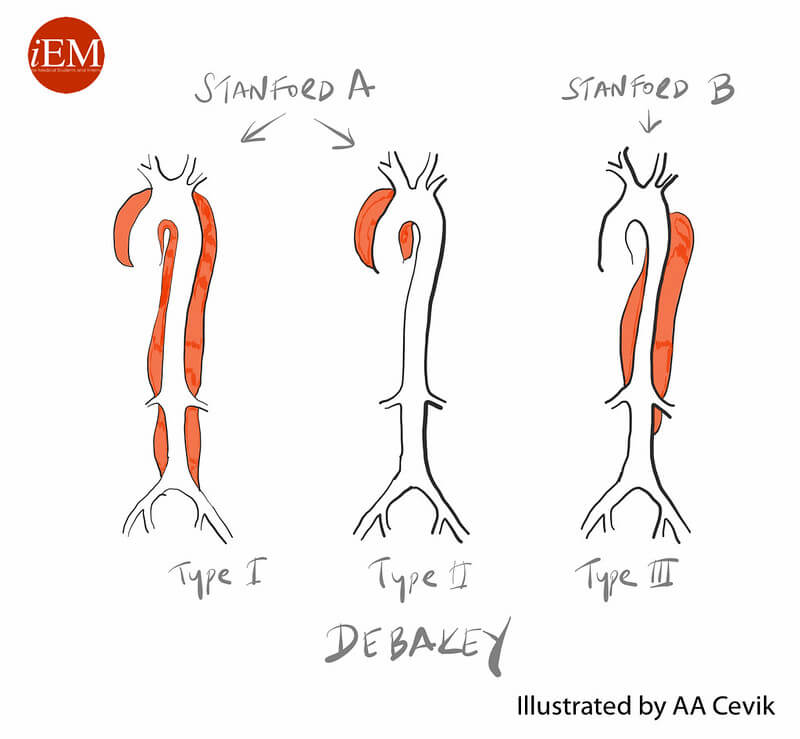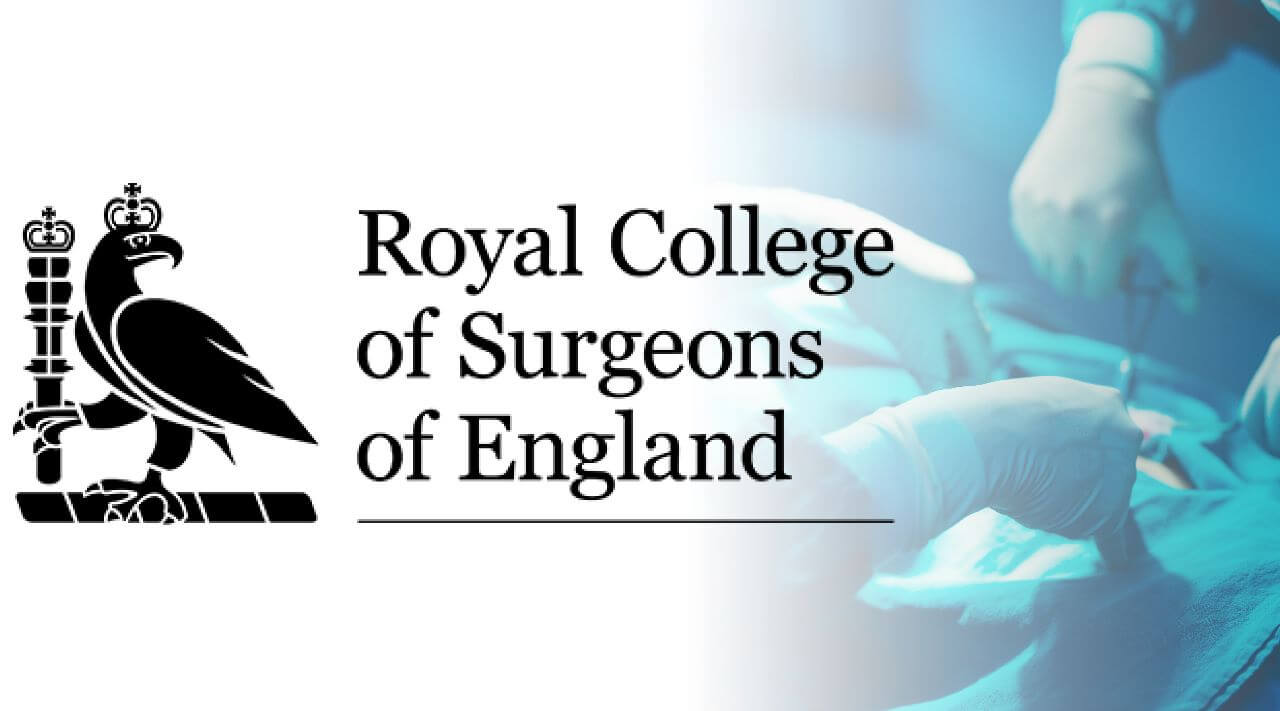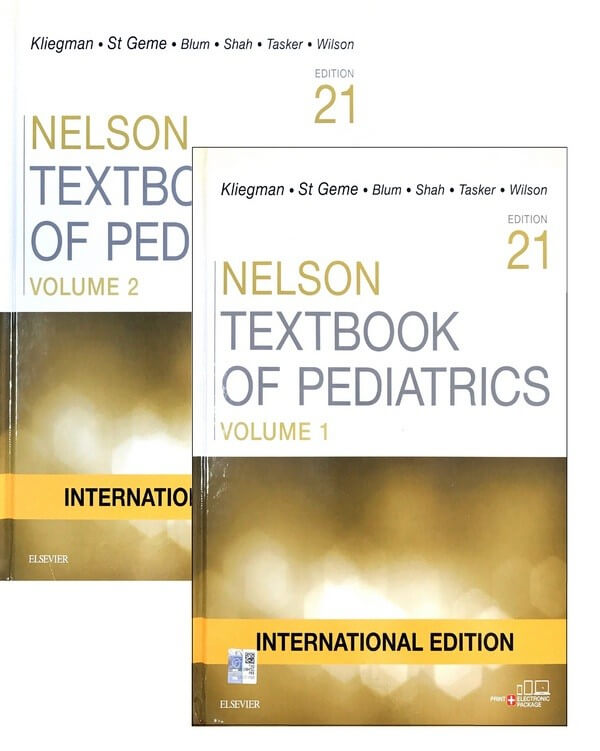Statins Equivalent Dose
Mnemonic: PRASLPF 2-5-10-20-40-40-80
- Pituvastatin 2 mg
- Rosuvastatin 5 mg
- Atorvastatin 10 mg
- Simvastatin 20 mg
- Lovastatin 40 mg
- Pravastatin 40 mg
- Fluvastatin 80 mg
Intensity of Statins
a. High intensity (LDL lowering >/= 50%)
- Atorvastatin 40-80 mg
- Rosuvastatin 20-40 mg
b. Moderate intenstity (LDL lowering 30-49%)
- Atorvastatin 10-20 mg
- Rosuvastatin 5-10 mg
- Simvastatin 20-40 mg
- Pravastatin 40-80 mg
- Lovastatin 40-80 mg
- Fluvastatin XL 80 mg
- Fluvastatin 40 mg BD
- Pitavastatin 1-4 mg
c. Low intensity (LDL reduction <30%)
- Simvastatin 10 mg
- Pravastatin 10-20 mg
- Lovastatin 20 mg
- Fluvastatin 20-40 mg
Clinical ASCVD (Atheroscelrotic Cardiovascular Disease)
- Acute coronary syndrome (ACS)
- Myocardial infarction
- Stable or unstable angina or other arterial revascularization
- Stroke and transient ischemic attack
- Peripheral artery disease, including aortic aneurysm, all of atherosclerotic origin
ASCVD Risk
Major ASCVD events
- Recent ACS (within past 12 months)
- History of MI
- History of ischemic stroke
- Symptomatic peripheral arterial disease (claudication with ABI <0.85, or previous revascularization or amputation)
Mnemonic:
a. Ischemia: ACS, PAD, Ischemic stroke
b. Infarcton: MI
High risk condications
- Age >/= 65 years
- Heterozygous familial hypercholesterolemia
- History of prior CABG or percutaneous coronary intervention outside of the major ASCVD events
- Diabetes mellitus
- Hypertension
- CKD (eGFR 15-59 ml/min)
- Current smoking
- Persistently elevated LDL >/= 100 mg/dl despite maximally tolerated statin therapy and ezetimibe
- History of congestive heart failure
Mnemonic: 9 “C”
1. Cenior (Senior) : age 65 or more
2. Cholesterol in family
3. CABG or coronary intervention (not for major ASCVD events)
4. Carbohydrate excess (Diabetes mellitus)
5. Cuff pressure >130/80 mmHg
6. CKD
7. Cigarettes
8. Cholesterol (LDL) consistently >/= 100 mg/dl
9. Congestive heart failure
Very high risk = Multiple major ASCVD events or 1 major ASCVD event and multiple high-risk conditions.
Statin Therapy Indications

Mnemonic: LARD
a. LDL >/= 190 mg/dl (Primary prevention)
- Age >/= 21 years: High intensity statin
b. ASCVD Clincal (Secondary prevention)
- Age </= 75 years or Very high risk ASCVD: High intensity statin
- Age >75 years: Moderate intensity statin
c. Risk of ASCVD – >7.5% in 10 years
- Moderate to high intensity statin
d. Diabetes (Primary prevention) with Age 40-75 and LDL 70-189 mg/dl
- Moderate intensity statin
- High intensity statin if ASCVD risk >7.5%
Assess adherence and percentage response to LDL-C–lowering medications and lifestyle changes with repeat lipid measurement 4 to 12 weeks after statin initiation or dose adjustment, repeated every 3 to 12 months as needed.
Target of Statin therapy
a. Primary prevention: LDL <100 mg/dl or LDL reduction by >/= 50%
b. Secondary prevention: LDL <70 mg/dl
If target not reached with maximal statins: Add Ezetimibe +/- PCSK9 Inhibitor (Alirocumab, Evolocumab)
Do not use Bile acid sequestrants when triglyceride level is >300 mg/dl.
Statins Side effects
Mnemonic: HMG CoA Reductase Inhibitor
- Hepatotoxicity
- Transaminase elevation > 3 X ULN
- Myopathy
- Myalgia (normal CK)
- Myositis (CK >ULN)
- Statin induced autoimmune myopathy (HMGCR Ab)
- GI upset
- Cataracts
- Rhabdomyolysis
- CK > 10 X ULN + Renal injury
- Increased risk of Diabetes

He is the section editor of Orthopedics in Epomedicine. He searches for and share simpler ways to make complicated medical topics simple. He also loves writing poetry, listening and playing music. He is currently pursuing Fellowship in Hip, Pelvi-acetabulum and Arthroplasty at B&B Hospital.


